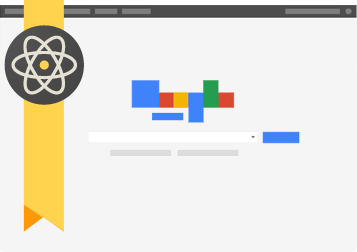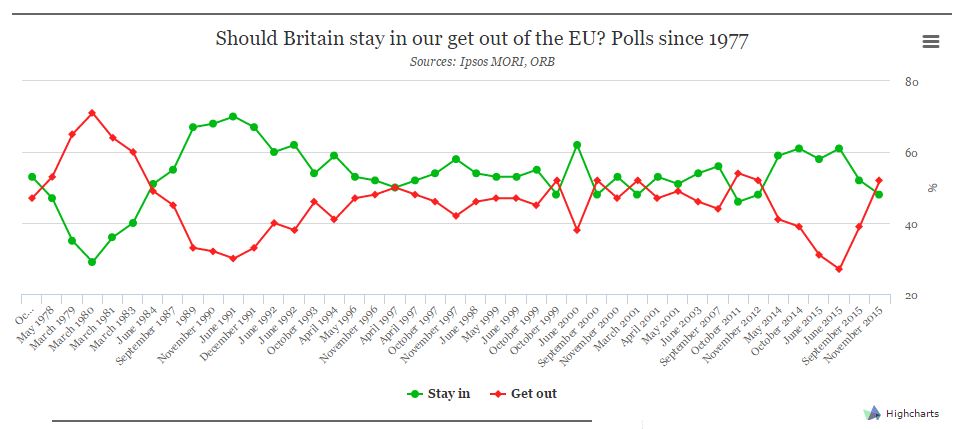
In an analysis that included nearly 30,000
overweight or obese adults, compared with placebo, orlistat, lorcaserin,
naltrexone-bupropion, phentermine-topiramate, and liraglutide were each
associated with achieving at least 5 percent weight loss at 52 weeks,
and phentermine-topiramate and liraglutide were associated with the
highest odds of achieving at least 5 percent weight loss, according to a
study appearing in the June 14 issue of JAMA.
Approximately 1.9 billion adults are overweight and 600 million are
obese worldwide. Identifying effective long-term treatment strategies
for overweight and obesity is of paramount importance. The U.S. Food and
Drug Administration (FDA) has approved 5 weight loss drugs (orlistat,
lorcaserin, naltrexone-bupropion, phentermine-topiramate, and
liraglutide) for long-term use in obese (body mass index [BMI] ? 30) or
overweight (BMI ? 27) individuals with at least 1 weight-associated
condition (type 2 diabetes, hypertension, hyperlipidemia). Data on the
comparative effectiveness of these drugs are limited.
Siddharth Singh, M.D., M.S., of the University of California, San
Diego, La Jolla, and colleagues conducted a systematic review and
meta-analysis of randomized clinical trials that included overweight and
obese adults treated with FDA-approved long-term weight loss agents for
at least 1 year compared with another active agent or placebo.
Twenty-eight randomized clinical trials with 29,018 patients (median
age, 46 years; 74 percent women; median baseline body weight, 222 lbs.;
median baseline BMI, 36.1) were included.
The researchers found that a median 23 percent of placebo
participants had at least 5 percent weight loss vs 75 percent of
participants taking phentermine-topiramate, 63 percent of participants
taking liraglutide, 55 percent taking naltrexone-bupropion, 49 percent
taking lorcaserin, and 44 percent taking orlistat. All active agents
were associated with significant excess weight loss compared with
placebo at 1 year: phentermine-topiramate, 19.4 lbs.; liraglutide, 11.7
lbs.; naltrexone-bupropion, 11 lbs.; lorcaserin, 7.1 lbs.; and orlistat,
5.7 lbs. Compared with placebo, liraglutide and naltrexone-bupropion
were associated with the highest odds of adverse event-related treatment
discontinuation.
https://www.sciencedaily.com/releases/2016/06/160614121237.htm
























